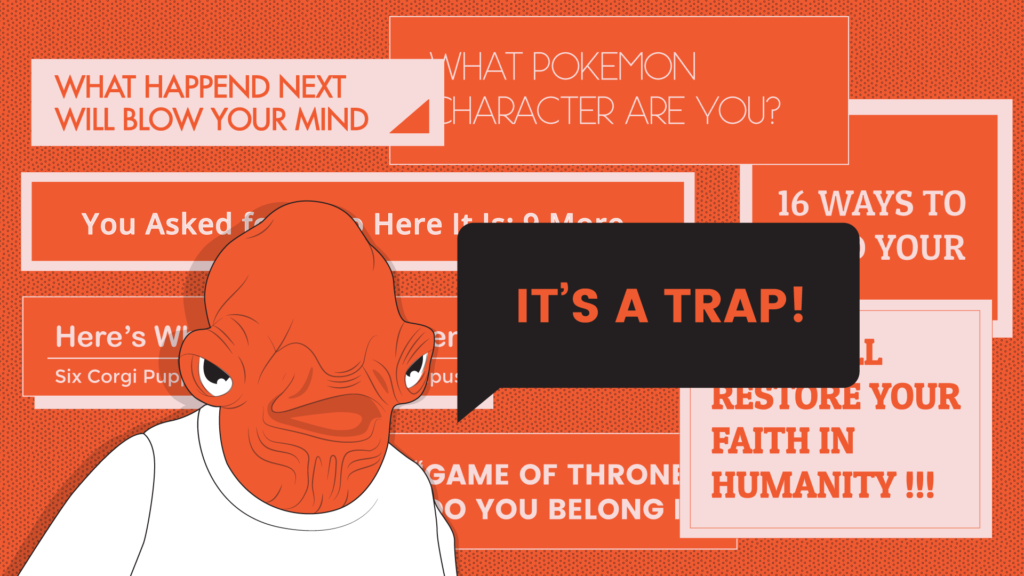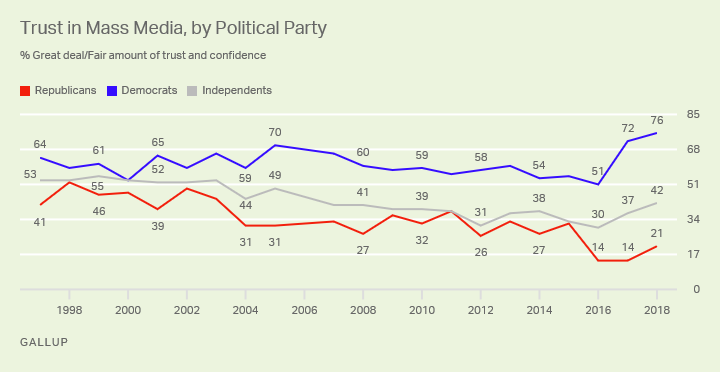As many of you may have done, I recently spent some extended time with relatives. And, as many of you may experience, I don’t always have the same political views as those relatives. I do not agree with the maxim that you should never discuss sex, religion, or politics because that just teaches us to avoid difficult subjects and robs us of the opportunity to practice civil, respectful debate. While not wanting to pick fights over the holidays, I nevertheless recognize the importance of understanding the viewpoints of others.
I love my parents, and furthermore I respect them. They are intelligent people who raised me to question authority, take no shit, and do the right thing. We are a family first, no matter our differences in opinion. When we have conversations about politics and other current events, the conversations are illuminating, productive, and respectful when we differ. My dad listens to my point of view and weighs the information I tell him even though I have seen him dismiss the same perspective coming from political figures from the other side of the aisle. (I feel simultaneously honored and frustrated by this fact.)
There is no “but” here with regards to my family, in case you were waiting for one. I believe that everyone brings unique perspectives and experiences to every situation in life, and that means we will all arrive at unique conclusions based on the same set of facts. What I find concerning when I visit my family is how often I feel like we are starting off with different sets of facts, and that people are rarely aware of the huge biases that lurk in the news they consume.

Plus, next week: see if Radical Moderate receives a cease and desist letter from Disney for unlicensed use of Admiral Ackbar – you won’t believe what happens next!
Image Credit:[1]
Buyer Beware
We are aware that there is bias in the media, and it seems to me that the gap is growing between interpretations of facts on both sides of the political spectrum. While I recognize that bias is prevalent and it happens on the right and the left, one news network in particular comes to mind when I think of political spin. I watched this network regularly in college and to a lesser extent in grad school (mostly to gain a variety of perspectives). It was certainly right-leaning when I watched it nearly 20 years ago, but it showcased analyses from left and right alike, and it still seemed to focus on fact-based reporting. Today, though, I watch with my jaw on the floor as the stories they cover don’t even share the same basic narratives as what other news outlets report.
I see the same thing in the echo chamber of social media, which has become more polarized as narratives are shared with increased speed and decreased vetting. Clickbait headlines entice us to react without reading, to jump to conclusions without having complete information, and to disregard dissenting opinions as wrong. I will be the first to admit that I am not innocent: although I try very hard not to, I sometimes fall into the trap of sharing before getting all the facts.
Since we are heading into what will no doubt be a very a politically-charged year, I would recommend that we all take a step back, take a breath, and take a look at our news sources and stories with a more critical eye. To that end, I have listed some techniques for achieving more grounded awareness of what is happening in our world, as well as some less-biased news sources you might choose to use for staying informed.

Image Credit: [2]
How to Find Trustworthy News
Where you get your news is important. When I make comments about the lack of responsible, objective journalism from sources like Fox News, the common response I hear is “well, both sides do it.” While, yes, there are news outlets on both sides that exaggerate and filter news, why not simply get your news from someone in the middle? Fortunately there is a public benefit corporation called Ad Fontes Media (Latin for “to the source”) that has created and regularly updates its own “Media Bias Chart.”
In the chart, the x-axis represents how far left or right the source is skewed. Completely unbiased reporting would land in the middle. The y-axis represents how closely the reporting sticks to facts (at the top) vs. opinions (at the bottom). The result of various news sources plotted on this chart is the rough shape of a downward-opening parabola: the most reputable sources land in the unbiased middle and the fact-based top, while the less reliable sources are further toward the partisan sides and the opinion-based bottom.
Here’s a fun tidbit…
I have been such a fan of this useful resource over the years that I actually chose the name of my blog in reference to a joke I made about where I personally would land on the chart: right in the middle of everything (heavily opinionated about being centrist).
You can access the interactive version of the Media Bias chart on Ad Fontes Media’s website,[3] where they update it regularly. I highly recommend taking a look and seeing where your sources land. I recognize that there is an aspect of “who watches the watchers” here – who is Ad Fontes to say who is or isn’t biased? My response to that is that 1) the value of their product is based on an objective analysis, so it behooves them to make sure they are they are impassionate, and 2) their conclusion appears to check out – most of the notably left-leaning news sources that I can think of are on the left side of this chart, and the same for the right side.

Image Credit: [4]
To corroborate the findings of this chart, there’s a great article from Forbes that is three years old but still does a good job of listing some of the best options for fact-based, reasonably unbiased news outlets.[5] I will note that if you have a subscription to Audible (no, they’re not paying me, but they should now that I’ve mentioned them twice in the last month), you can download daily digests of the top three papers mentioned here:
- The New York Times[6] (contains left-leaning editorials)
- The Wall Street Journal[7] (contains right-leaning editorials)
- The Washington Post[8]
- BBC[9]
- The Economist[10]
- The New Yorker[11]
- Wire Services: Associated Press,[12] Reuters,[13] Bloomberg News[14]
- Foreign Affairs[15]
- The Atlantic[16]
- Politico[17]
Self-Policing Our Media Diet
Now, it’s all well and good to be mindful about your news sources when you’re actively seeking out news, but what about something that shows up in your newsfeed or in an email from a relative? There are a several guides on how to remain critical when consuming media,[18],[19] and they will all share with you some things you can do to make sure you’re looking at reliable information. Some things to remember when browsing:
- Check the date of the article (Is it old?)
- Check the publisher of the article (Is it from a reputable source?)
- Check the references in the article (Does it reference primary sources or other secondary sources? Keep clicking until you find a direct quote.)
- Check your own biases (Who wants you to know this information and why?)
So the next time you hear something in the news that elicits a strong emotional reaction, take a deep breath and dig a little deeper. Remember that big players in the 24-hour news cycle make their money from selling us breaking news and crises. The news has become more partisan and inflammatory at least in part because it is easier to get attention and ratings that way. Just as we try to be discerning consumers with what kind of food we put in our bodies, it’s important to be aware of what we’re putting in our brains: nutrition or junk food.
And I promise to do my best with this too.
Thanks for reading!
[1] https://fourdots.com/blog/clickbait-titles-seo-2634
[2] https://news.gallup.com/poll/243665/media-trust-continues-recover-2016-low.aspx
[3] https://www.adfontesmedia.com/
[4] https://www.adfontesmedia.com/interactive-media-bias-chart/
[5] https://www.forbes.com/sites/berlinschoolofcreativeleadership/2017/02/01/10-journalism-brands-where-you-will-find-real-facts-rather-than-alternative-facts/?fbclid=IwAR0ONuEgNPFTl4KlhcxFYa3gwANw4HMypNNaOJU2ec9UuTlvBA65Las4kkQ#338a0ef5e9b5
[8] https://www.washingtonpost.com/
[10] https://www.economist.com/
[11] https://www.newyorker.com/
[14] https://www.bloomberg.com/
[15] https://www.foreignaffairs.com/
[16] https://www.theatlantic.com/
[17] https://www.politico.com/
[18] https://magazine.umbc.edu/how-to-be-a-critical-consumer-of-media/
[19] https://www.wikihow.com/Consume-Media-Critically
0 Comments